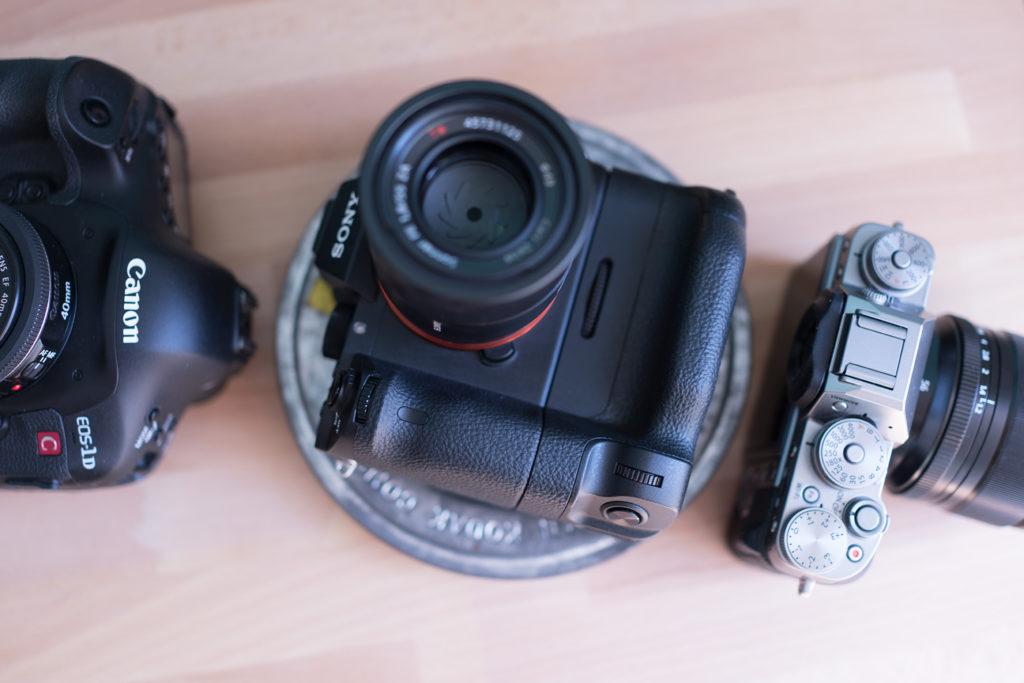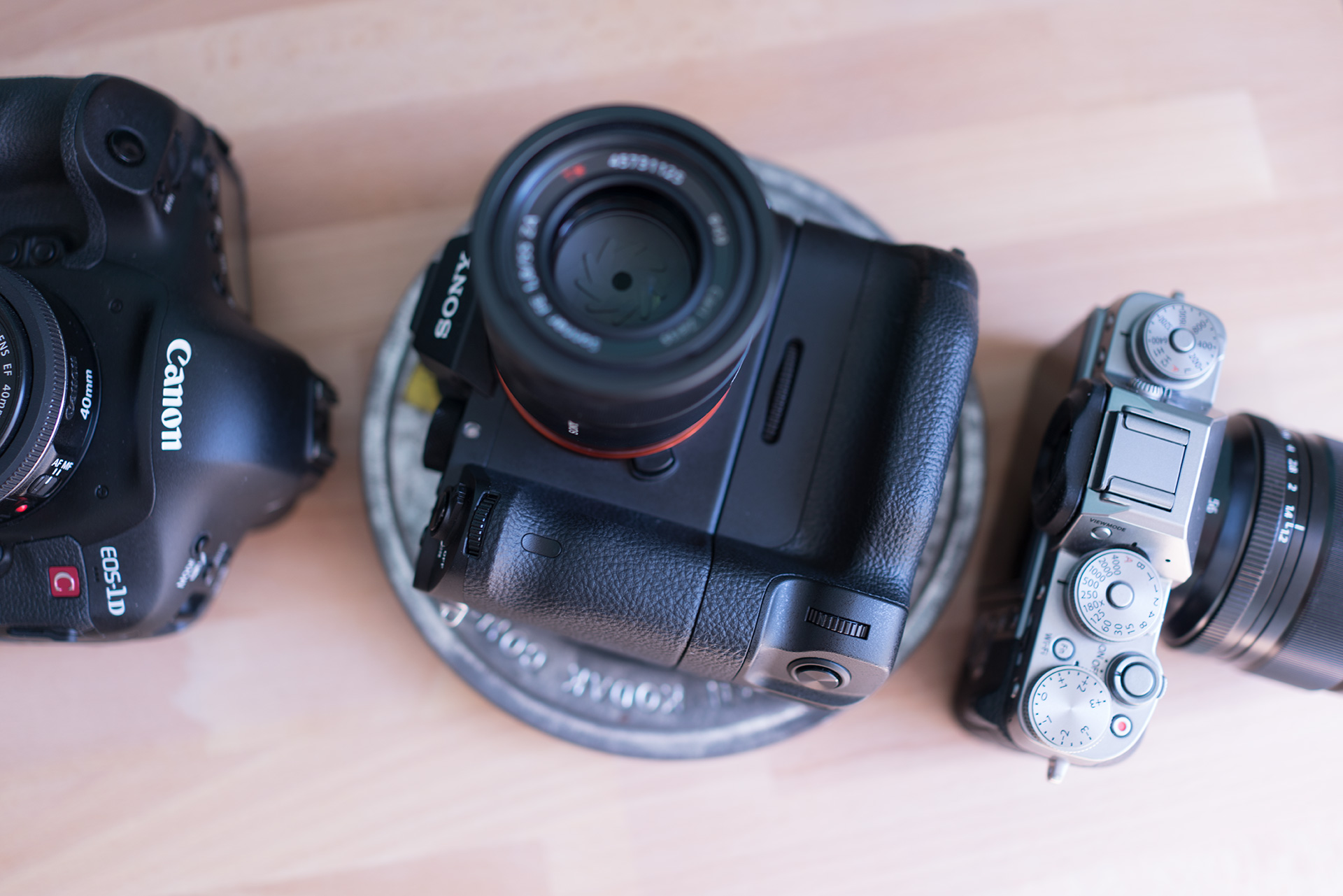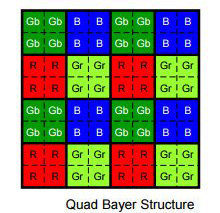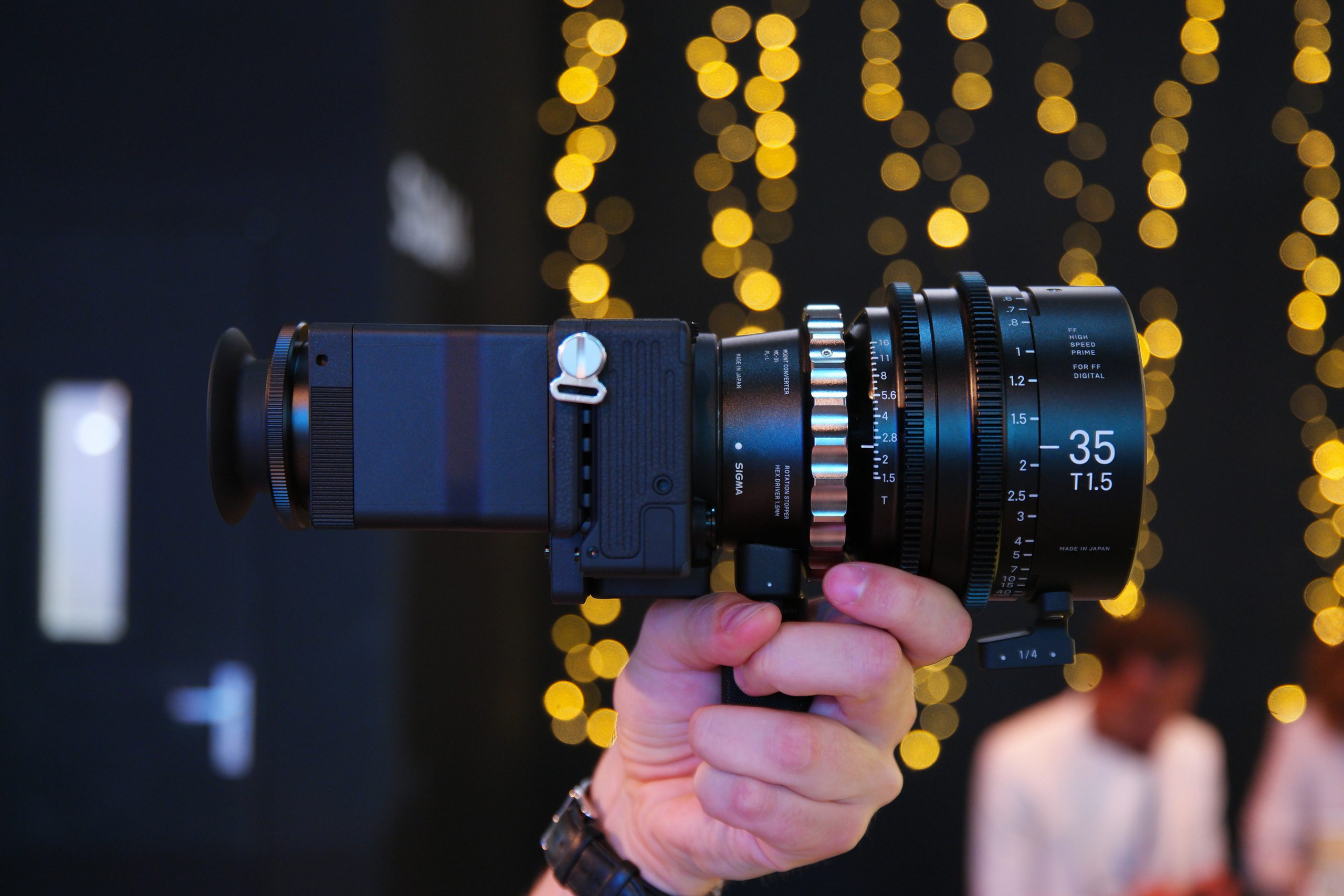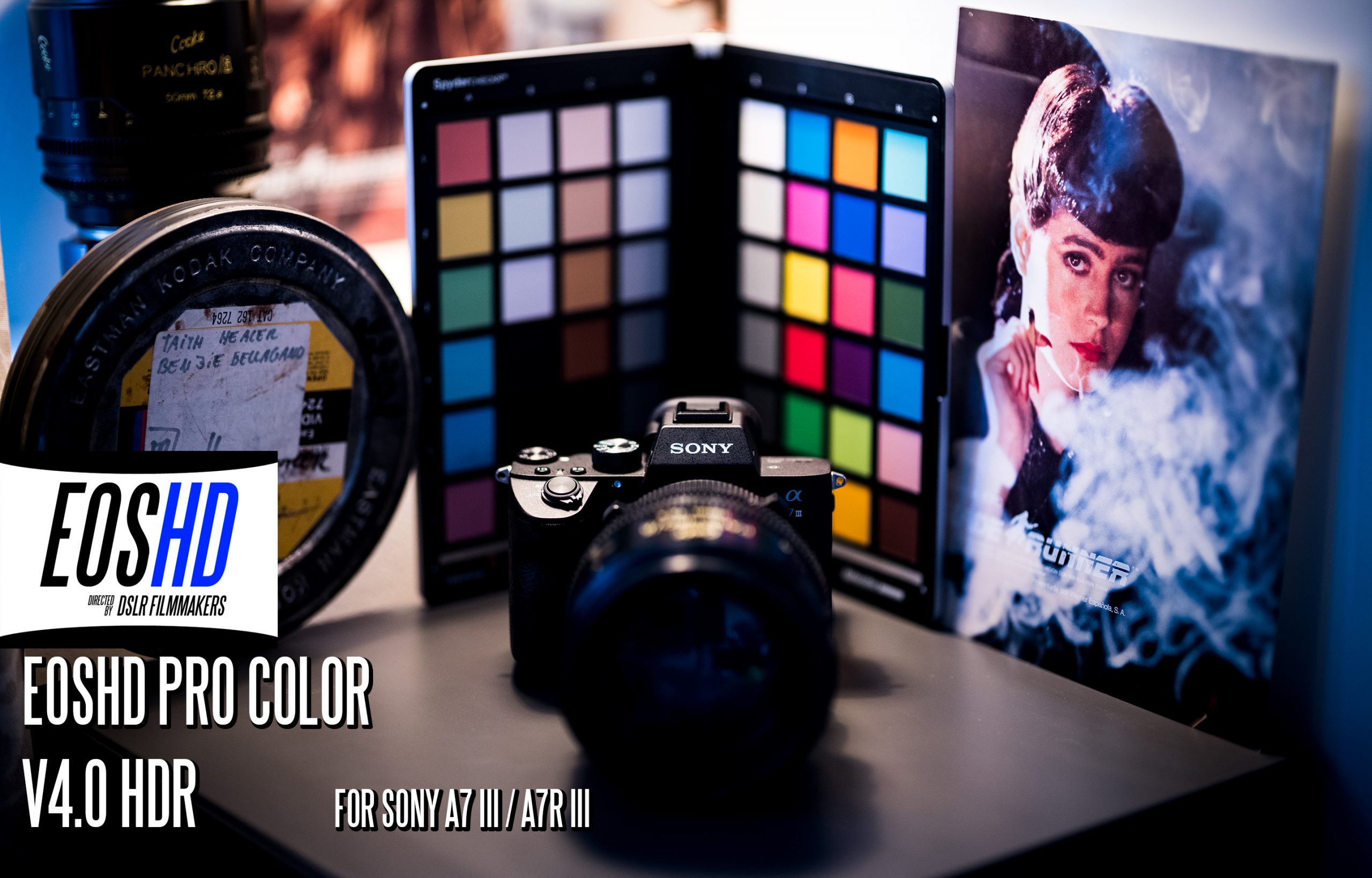
Does Sony plan to be stone dead last for video specs much longer? Yes, stone dead last. The Canon EOS R5, Nikon Z6, Panasonic S1H, Fuji X-T3, Leica SL2 and of course Fuji GFX 100 all ace the ageing Sony A7S II and flagship A7R IV for video features and image quality. The only companies that don’t are struggling Olympus and stills-orientated Pentax.
Legend has it there is a camera called the A7S III. They say it’s going to “exceed expectations” and put Sony back on top for video. But will it? It’s 2020 and hell has frozen over. A certain Canon EOS R5 has cutting edge video specs nobody saw coming. This means only one thing – the A7S III has no choice but to be very special indeed and may even have to go back to the drawing board.
Sony have not always shown a great deal of creative imagination when it comes to camera design, but with a few “special features” the A7S III could be a unicorn camera and a Jesus camera all wrapped into one. The problem is, Sony’s management don’t seem to be that keen to give it us any time soon, do they? Today’s delayed NAB announcement was the dullest powerpoint presentation I have seen for a long time and Canon has stolen a clear lead with full frame 8K video. Sony does not even have a 10bit codec for us yet whereas Fuji, Panasonic, Canon, Sigma and even Leica have all taken the step up with internal 10bit recording and in Panasonic and Nikon’s case, external RAW, while the Sigma Fp has internal Cinema DNG!
If the Sony A7S III does not address the following features, the competition is going to eat it alive.
8K Quad Bayer Sensor
The A7S series may have been a success with filmmakers but the 12 megapixel sensor limited its appeal to photographers more broadly. Although the low light performance was groundbreaking at the time, there are now much higher resolution sensors at 24 megapixel, 46 megapixel or even 60 megapixel that are more than capable of clean results even at ISO 12,800. A dramatic drop to 12 megapixel just to clean up ISOs you never use, no longer appeals.
Quad Bayer sensors can solve the compromise. Sony have already developed a full frame 15.36 megapixel sensor with 60 megapixel in total. This means they can put a 60MP badge on the box for photographers and have the resolution to do 8K video, while the 15.36 megapixel stills and 4K video mode from the Quad Bayer output takes care of low light performance and pixel quality, with 4 pixels acting as one large one.
eND
Being able to expose an image is one of the most basic functions of a camera and it has been really overlooked by all mirrorless camera manufacturers. The 180 degree shutter look or 1/50 is almost as important as 24p. The cinema look isn’t 60fps at 1/2000 (unless you’re shooting a Michael Bay film!)
The FS5 and FS5 II electronic variable ND is just a darkening piece of glass over the sensor. I don’t understand why it isn’t yet present in more cameras – not even more Sony ones! It is time to sort it out. Chinese manufacturer Kinefinity have recently taken such a step, although the patent situation is less than clear.
ProRes
Mirrorless cameras run on a comparatively small battery and run cool, efficient ASIC type LSI chips rather than an FPGA (field programmable gate array) where firmware is implemented by rearranging the chip itself. Xilinx FPGA processors are used by Blackmagic but run hot and eat through a standard Canon DSLR battery in no time, so while there are very small ProRes capable devices like the Pocket and Atomos Ninja Star, they really need a battery the size of a professional v-lock one. Even the Sony FS7 ProRes update and the same for the F5 needed external add-on hardware, so there may well be there may be technical limitations to doing ProRes on an ASIC in an A7S III or similar – and of course the Apple licensing fees to consider.
Blackmagic are currently hiring an FPGA design specialist, so if you are one, give them a call and tell them how you’re going to make the Pocket 4K Mark II less like a potato.
The fact remains though – ProRes is one of the most sought after missing features in mirrorless cameras today.
4K/120fps
1080/120fps has been around for ages now and the 1D X Mark III does 5.5K 60fps RAW which is the same number of pixels per second as 3840 x 2160 at 120fps. Canon have the image processor for this and the EOS R5 is the first to shoot 4K/120. Anything less on the A7S III will be a black mark.
Internal 2K or 4K RAW
Rumours of a Sony RAW codec using an H.265 based formula to compress the data have been circulating for ages. Will we finally see it on the A7S III? For most people RAW video in a mirrorless camera is going to be a novelty until we get the file sizes under control or license RED’s codec.
Revolutionary design
Sony are still using bodies that were designed in the stills camera days where video was nothing more than an afterthought and a red button. I like the form factor, I like how small and convenient it is, and I don’t want to see hybrid cameras become a mini FX9. However, some tweaks and imagination are badly needed!
How about an interchangeable lens full frame Canon XC-10 type body with detachable hotshoe EVF (aka Fuji GFX 50S)?
In addition, a larger smartphone rivalling OLED touchscreen would be a big step forward for focussing the image.
Venice Colour Science
The consumer Creative Styles were all a backward step from Minolta’s colour science Sony inherited with the full frame A900 in 2008.
I know this for a fact because I still shoot stills with my Sony A900 today and they all come out better than the default Creative Styles on the A7R IV!
I know this because I have spent years adjusting Sony’s colour and developing my own workflows and picture profiles, in the form of EOSHD Pro Color.
And yet 10 years later Sony’s rubbish NEX colour science is still with us!
As for the more advanced video-camera derived Picture Profiles, I like having so much control over colour, in fact it is essential, but there is something missing… Any kind of filmmaker friendly look straight out of the box! EOSHD Pro Color V4 is available!
New menus
Smartphones with Filmic Pro installed have a better video UX experience than Sony’s own dedicated $3500 full frame cameras. I don’t wish to shame the firmware programmers at Sony but it really is time they kept to the low-level programming and left the UI design to somebody else. I have seen similar user interfaces run with less input lag on a Nintendo Entertainment System but even that appears too fast for Sony, and it appears they are using some kind of steam driven pulley system to switch between main menu pages.
It is all high overdue for a complete rethink but Sony don’t want to do it because they think customers are too stupid to adapt to new menus.
Honestly I think 99% of them would breathe a sigh of relief if the whole thing was completely jettisoned!
A 4.5″ touchscreen with Blackmagic Pocket Cinema Camera style menus are what we need. Who wants cluttered page after page of badly organised text options and sub-menus in 2020?




